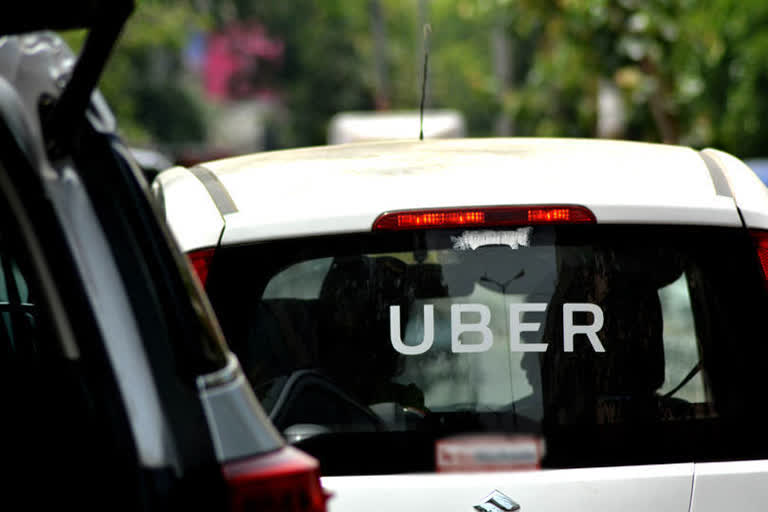Business Desk, ETV Bharat: After its inception in 2009 and an official launch in San Francisco in 2011, the pace of growth that the US-based ride-hailing app Uber Technologies saw in its first few years is something that start-ups dream of.
Uber became a classic example of how a disruptive technology could make an impact across geographies. The idea of consumers hiring a private or shared cab with a few taps on a smartphone, that too at lower prices, made Uber an entrenched transport option in many countries.
Thereafter, Uber also forayed into food delivery (Uber Eats), package delivery, freight transportation and electric bicycle and motorized scooter rental. And, of course, it was also called a pioneer in the development of self-driving cars, though it later changed its plans.
But the cash burn was happening at a worrying rate. Uber lost $8.5 billion in 2019. And just when it was thinking to turn things around in 2020, the pandemic happened.
Consequently, the year 2020 turned out to be even more rough, with the company facing challenges at multiple fronts.
Let’s take a look back at how Uber struggled in charting its course during the year that just went by.
Intense competition
Uber’s two key divisions -- ride-hailing business and food delivery business Uber Eats -- are both ceding market share to faster-growing rivals in across all major countries where it operates.
Maintaining market share is limiting Uber’s pricing power, thereby hitting margins.
According to eMarketer, Uber’s market share in the US transportation-sharing market could drop from 75% in 2019 to 71.7% in 2023, as rival Lyft’s share rises from 48.2% to 59%.
UberEats' share of the US food delivery market has already started dropping sharply, from a peak of 28% in mid-2018 to 22% in May 2020, according to technology firm Second Measure that analyses consumer data.
Founded in 2009 by long-serving CEO Travis Kalanick (now resigned, though still on the board) and Garrett Camp and launched the following year, Uber rapidly became an entrenched transport option. Though a raft of competitors are gaining ground, it remains the dominant ride-hailing app across most of the world.
